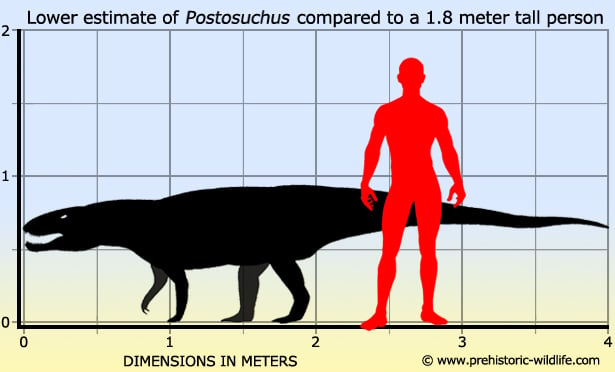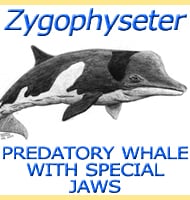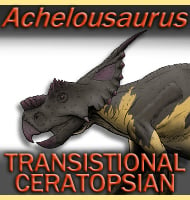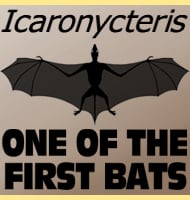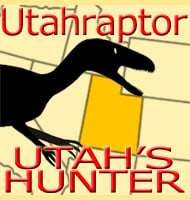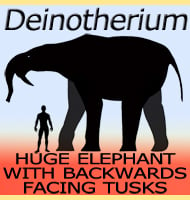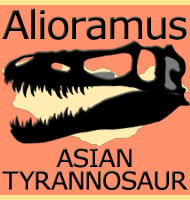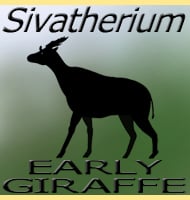In Depth
With a tough hide and powerful jaws, the rauisuchian genus Postosuchus was one of the apex predators of its time. First discovered in the US state of Texas, Postsuchus had a wide distribution that stretched all the way to the Eastern seaboard.
The head was deep with many fenestrae, adaptations that point towards powerful biting muscles. The teeth were serrated and large growing to at least seven centimetres. Fossil evidence suggests that Postosuchus also had a Vomeronasal organ, an auxiliary organ for smell. The hide appears to have been armoured with preserved specimens displaying evidence of osteoderms which would give Postosuchus a crocodilian appearance.
The forelimbs on Postosuchus are a little over half of the total length of the rear legs and this has led to a lot of speculation as to whether Postosuchus was bipedal or quadrapedal. The tough hide and large jaws carried forward of the hips would have required plenty of support for long distance travel. Further the pectoral girdle was strong suggesting a weight bearing function. The rear feet however are larger than the fore suggesting that more weight was carried on them than the front. It is possible that Postosuchus may have been both bipedal and quadrupedal depending on the situation. It may even have been a predatory adaptation allowing it to rear up high and bite into the neck or spine of its prey.
Further Reading
– Postosuchus, a new thecodontian reptile from the Triassic of Texas and the origin of tyrannosaurs – Philosophical Transactions of the Royal Society of London, Series B: Biological Sciences 309(1139):395-460 – S. Chatterjee – 1985. – Late Triassic (Carnian and Norian) tetrapods from the southwestern United States – New Mexico Museum of Natural History and Science, Bulletin 4: 1–254. – Robert A. Long & Ohillip Murry – 1995. – Osteology and relationships of Postosuchus kirkpatricki (Archosauria: Crurotarsi) – M.S. thesis, Texas Tech University, Lubbock, Texas. – Jonathan C. Weinbaum – 2002. – A new specimen of Postosuchus from the Late Triassic Coelophysis Quarry, siltstone member, Chinle Formation, Ghost Ranch, New Mexico – M.S. thesis, University of North Carolina at Chapel Hill, Chapel Hill, North Carolina. – Stephanie E. novak – 2004. – A new suchian archosaur from the Upper Triassic of North Carolina. – Journal of Vertebrate Paleontology 28(2):363-381 – K. Peyer, J. G. Carter, H. Sues, S. E. Novak & P. E. Olsen – 2008.
